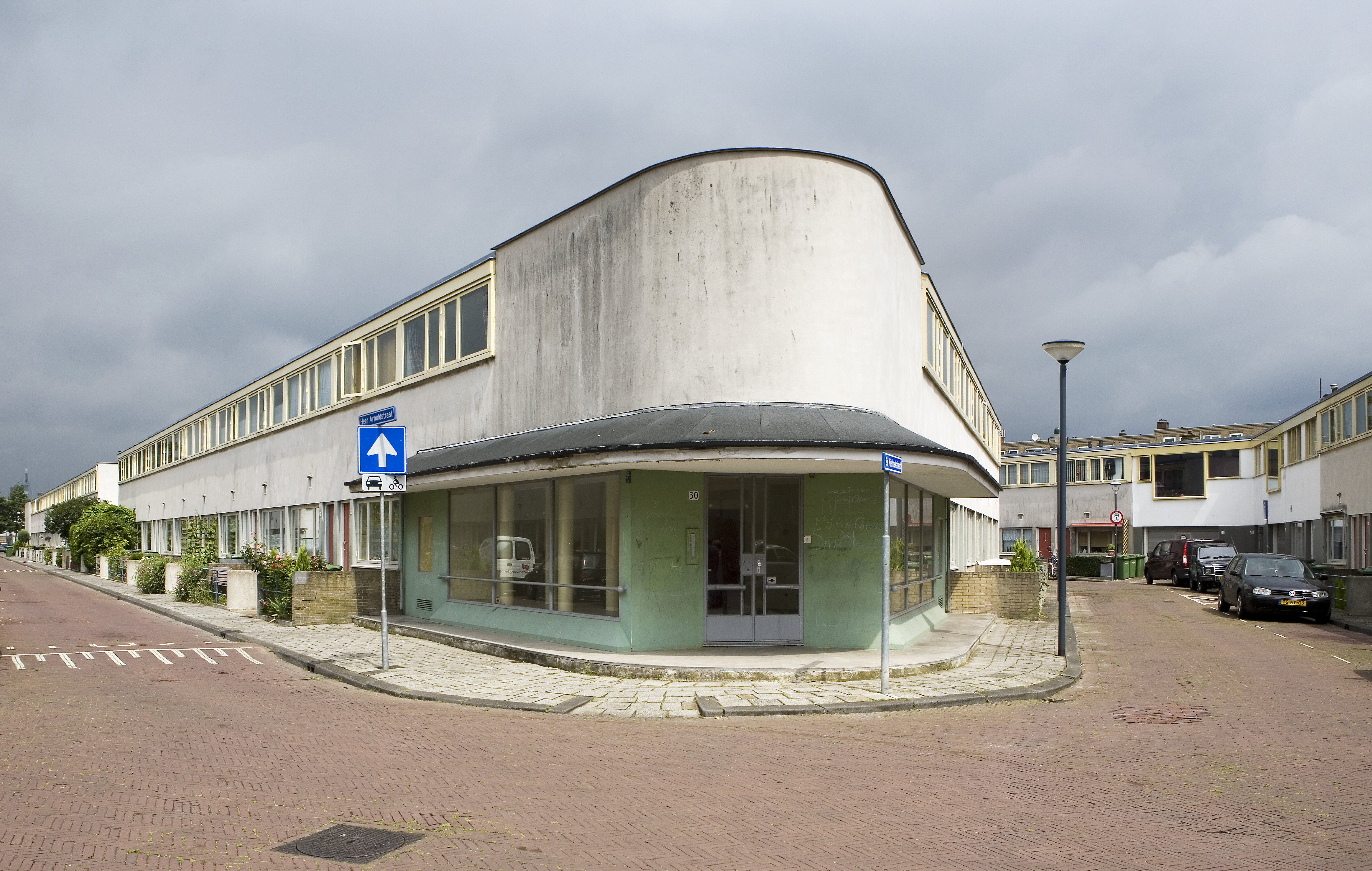|
Far Eastern University – Nicanor Reyes Medical Foundation
Far Eastern University – Dr. Nicanor Reyes Medical Foundation, also referred to as FEU-NRMF, is a non-stock, non-profit medical foundation located at Regalado Ave., West Fairview, Quezon City in the Philippines. It operates a medical school and hospital center. The institution is related to, but independent from, Far Eastern University. Brief history Upon the establishment and incorporation of the Far Eastern University in 1934, it has always been a part of FEU founder Dr. Nicanor B. Reyes, Sr.'s vision to set up a medical school alongside the university. This vision finally materialized years after his passing. Establishment as an Institute In 1952, the Board of Trustees, under the chairmanship of Jose Cojuangco, commissioned a Medical School Committee to recruit faculty members and establish the institute. Faculties were contacted and equipment and facilities were readied. By June, the Far Eastern University Institute of Medicine (IM) formally opened its doors to its fi ... [...More Info...] [...Related Items...] OR: [Wikipedia] [Google] [Baidu] |
Philippine Accrediting Association Of Schools, Colleges, And Universities
The Philippine Accrediting Association of Schools, Colleges and Universities (PAASCU) is a private, voluntary, non-profit and non-stock corporation which was registered with the Securities and Exchange Commission of the Philippines. It is a service organization that accredits academic programs which meet commonly accepted standards of quality education. PAASCU is an accrediting body composed of different private educational institutions that stamp other private schools with a quality standard attained with regard to their programs. History PAASCU was established in November 5, 1957 as a private, voluntary, non-profit and non-stock corporation. Under the suggestion of Bro. Hyacinth Gabriel Connon, F.S.C., the president of the Catholic Educational Association of the Philippines (CEAP) in 1953, the CEAP came to the conclusion that standards needed to be created to improve Catholic education in the country. A Manual of Accreditation with self-survey forms was crafted for eight dif ... [...More Info...] [...Related Items...] OR: [Wikipedia] [Google] [Baidu] |
Obstetrics And Gynaecology
Obstetrics and gynaecology (also spelled as obstetrics and gynecology; abbreviated as Obst and Gynae, O&G, OB-GYN and OB/GYN) is the medical specialty that encompasses the two subspecialties of obstetrics (covering pregnancy, childbirth, and the postpartum period) and gynaecology (covering the health of the female reproductive system – vagina, uterus, ovaries, and breasts). The specialization is an important part of care for women's health. Postgraduate training programs for both fields are usually combined, preparing the practising obstetrician-gynecologist to be adept both at the care of female reproductive organs' health and at the management of pregnancy, although many doctors go on to develop subspecialty interests in one field or the other. Scope United States According to the American Board of Obstetrics and Gynecology (ABOG), which is responsible for issuing OB-GYN certifications in the United States, the first step to OB-GYN certification is completing medica ... [...More Info...] [...Related Items...] OR: [Wikipedia] [Google] [Baidu] |
International Style (architecture)
The International Style is a major architectural style and movement that began in western Europe in the 1920s and dominated modern architecture until the 1970s. It is defined by strict adherence to Functionalism (architecture), functional and Form follows function, utilitarian designs and construction methods, typically expressed through minimalism. The style is characterized by Modular building, modular and Rectilinear polygon, rectilinear forms, Plane (mathematics), flat surfaces devoid of ornamentation and decoration, open and airy interiors that blend with the exterior, and the use of glass, steel, and concrete. The International Style is sometimes called rationalist architecture and the modern movement, although the former is mostly used in English to refer specifically to either Rationalism (architecture), Italian rationalism or the style that developed in 1920s Europe more broadly. In continental Europe, this and related styles are variably called Functionalism (architectu ... [...More Info...] [...Related Items...] OR: [Wikipedia] [Google] [Baidu] |
Medical Technology
Health technology is defined by the World Health Organization as the "application of organized knowledge and skills in the form of devices, medicines, vaccines, procedures, and systems developed to solve a health problem and improve quality of lives". This includes pharmaceuticals, devices, procedures, and organizational systems used in the healthcare industry, as well as computer-supported information systems. In the United States, these technologies involve standardized physical objects, as well as traditional and designed social means and methods to treat or care for patients. Development Pre-digital era During the pre-digital era, patients suffered from inefficient and faulty clinical systems, processes, and conditions. Many medical errors happened in the past due to undeveloped health technologies. Some examples of these medical errors included adverse drug events and alarm fatigue. When many alarms are repeatedly triggered or activated, especially for unimportant events ... [...More Info...] [...Related Items...] OR: [Wikipedia] [Google] [Baidu] |
Philippine Orthopedic Center
The Philippine Orthopedic Center is a 700-bed tertiary special hospital under the Department of Health of the Philippines, specializing in the treatment of musculoskeletal disorders and serves as a center for trauma and orthopedics. The hospital is located at Banawe Avenue corner Maria Clara Street, Santa Mesa Heights, Quezon City. History The Orthopedic Center was originally organized in Mandaluyong, Rizal by the American Army in 1945 as the Philippine Civil Affairs Unit (PCAU) No. 1, to take care of civilian casualties during the liberation of Manila and its suburbs. After it was turned over to the Philippine government, its functions were redirected to look after accident victims and orthopedic cases. Its name was later changed to Mandaluyong Emergency Hospital then, to National Orthopedic Hospital and Rehabilitation Medical Center. In 1963, the hospital was relocated to Quezon City. Its authorized bed capacity was increased from 200 to 500 then to 700. The hospital through ... [...More Info...] [...Related Items...] OR: [Wikipedia] [Google] [Baidu] |
National Center For Mental Health
The National Center for Mental Health (), is a 4,200-bed psychiatric hospital occupying 47 hectares of land in the city of Mandaluyong, Metro Manila, Philippines. It is PhilHealth-accredited. Due to its size and prominence in Mandaluyong, it is common (though insensitive) for Mandaluyong residents to be asked jokingly whether they live "inside or outside" the facility when mentioning their city of residence. History Initially called the Insular Psychopathic Hospital, and later the Mandaluyong Mental Hospital and the National Mental Hospital, was founded in 1925 and opened on 17 December 1928. It was founded in order to accommodate the increasing number of patients with mental disorders and related nervous system conditions who were primarily cared for at the “Insane Department” of San Lázaro Hospital and the City Sanitarium in the Philippines. The insane asylum was built under ''Philippine Public Works Act No. 3258'' on a location in Barrio Mauway, Mandaluyong, Rizal n ... [...More Info...] [...Related Items...] OR: [Wikipedia] [Google] [Baidu] |
San Lazaro Hospital
The San Lazaro Hospital (SLH) is a tertiary health facility in Manila, Philippines. It is a referral facility for communicable diseases and is one of the retained special tertiary hospital of the Department of Health and is funded by subsidy from the Philippine national government. It has a bed-capacity of 500. It is known as the oldest hospital in the Philippines which caters to indigents. History The San Lazaro Hospital was established in 1577 during the Spanish colonial period as a dispensary clinic in Intramuros by Fr. Juan Clemente, a Spanish priest. In 1578, it became a hospital which catered from patients afflicted with leprosy and other diseases. In the 1590s, the hospital along with the San Juan de Dios Hospital were supported by the Hermandad de la Misericordia of secular priest and eremite Juan Fernandez de Leon. The King of Spain issued a royal decree moving the hospital to its current site which was then known as ''Hacienda Mayhaligue'' in 1784. A cha ... [...More Info...] [...Related Items...] OR: [Wikipedia] [Google] [Baidu] |
José R
José is a predominantly Spanish and Portuguese form of the given name Joseph. While spelled alike, this name is pronounced very differently in each of the two languages: Spanish ; Portuguese (or ). In French, the name ''José'', pronounced , is an old vernacular form of Joseph, which is also in current usage as a given name. José is also commonly used as part of masculine name composites, such as José Manuel, José Maria or Antonio José, and also in female name composites like Maria José or Marie-José. The feminine written form is ''Josée'' as in French. In Netherlandic Dutch, however, ''José'' is a feminine given name and is pronounced ; it may occur as part of name composites like Marie-José or as a feminine first name in its own right; it can also be short for the name ''Josina'' and even a Dutch hypocorism of the name ''Johanna''. In England, Jose is originally a Romano-Celtic surname, and people with this family name can usually be found in, or traced to, the ... [...More Info...] [...Related Items...] OR: [Wikipedia] [Google] [Baidu] |
Biostatistics
Biostatistics (also known as biometry) is a branch of statistics that applies statistical methods to a wide range of topics in biology. It encompasses the design of biological experiments, the collection and analysis of data from those experiments and the interpretation of the results. History Biostatistics and genetics Biostatistical modeling forms an important part of numerous modern biological theories. Genetics studies, since its beginning, used statistical concepts to understand observed experimental results. Some genetics scientists even contributed with statistical advances with the development of methods and tools. Gregor Mendel started the genetics studies investigating genetics segregation patterns in families of peas and used statistics to explain the collected data. In the early 1900s, after the rediscovery of Mendel's Mendelian inheritance work, there were gaps in understanding between genetics and evolutionary Darwinism. Francis Galton tried to expand Mendel's ... [...More Info...] [...Related Items...] OR: [Wikipedia] [Google] [Baidu] |
Preventive Healthcare
Preventive healthcare, or prophylaxis, is the application of healthcare measures to prevent diseases.Hugh R. Leavell and E. Gurney Clark as "the science and art of preventing disease, prolonging life, and promoting physical and mental health and efficiency. Leavell, H. R., & Clark, E. G. (1979). Preventive Medicine for the Doctor in his Community (3rd ed.). Huntington, NY: Robert E. Krieger Publishing Company. Disease and disability are affected by environmental factors, genetic predisposition, disease agents, and Lifestyle disease, lifestyle choices, and are dynamic processes that begin before individuals realize they are affected. Disease prevention relies on anticipatory actions that can be categorized as primal, primary, secondary, and tertiary prevention. Each year, millions of people die of preventable causes. A 2004 study showed that about half of all deaths in the United States in 2000 were due to preventable behaviors and exposures. Leading causes included cardiovascul ... [...More Info...] [...Related Items...] OR: [Wikipedia] [Google] [Baidu] |
Hygiene
Hygiene is a set of practices performed to preserve health. According to the World Health Organization (WHO), "Hygiene refers to conditions and practices that help to maintain health and prevent the spread of diseases." Personal hygiene refers to maintaining the body's cleanliness. Hygiene activities can be grouped into the following: home and everyday hygiene, personal hygiene, medical hygiene, sleep hygiene, and Food safety, food hygiene. Home and every day hygiene includes hand washing, respiratory hygiene, food hygiene at home, hygiene in the kitchen, hygiene in the bathroom, laundry hygiene, and medical hygiene at home. And also environmental hygiene in the society to prevent all kinds of bacterias from penetrating into our homes. Many people equate hygiene with "cleanliness", but hygiene is a broad term. It includes such personal habit choices as how frequently to take a shower or bath, wash hands, trim Nail (anatomy), fingernails, and wash clothes. It also includes atte ... [...More Info...] [...Related Items...] OR: [Wikipedia] [Google] [Baidu] |
Pediatrics
Pediatrics (American English) also spelled paediatrics (British English), is the branch of medicine that involves the medical care of infants, children, Adolescence, adolescents, and young adults. In the United Kingdom, pediatrics covers many of their youth until the age of 18. The American Academy of Pediatrics recommends people seek pediatric care through the age of 21, but some pediatric subspecialists continue to care for adults up to 25. Worldwide age limits of pediatrics have been trending upward year after year. A physician, medical doctor who specializes in this area is known as a pediatrician, or paediatrician. The word ''pediatrics'' and its cognates mean "healer of children", derived from the two Ancient Greek, Greek words: (''pais'' "child") and (''iatros'' "doctor, healer"). Pediatricians work in clinics, research centers, universities, general hospitals and children's hospitals, including those who practice pediatric subspecialties (e.g. neonatology requires reso ... [...More Info...] [...Related Items...] OR: [Wikipedia] [Google] [Baidu] |








